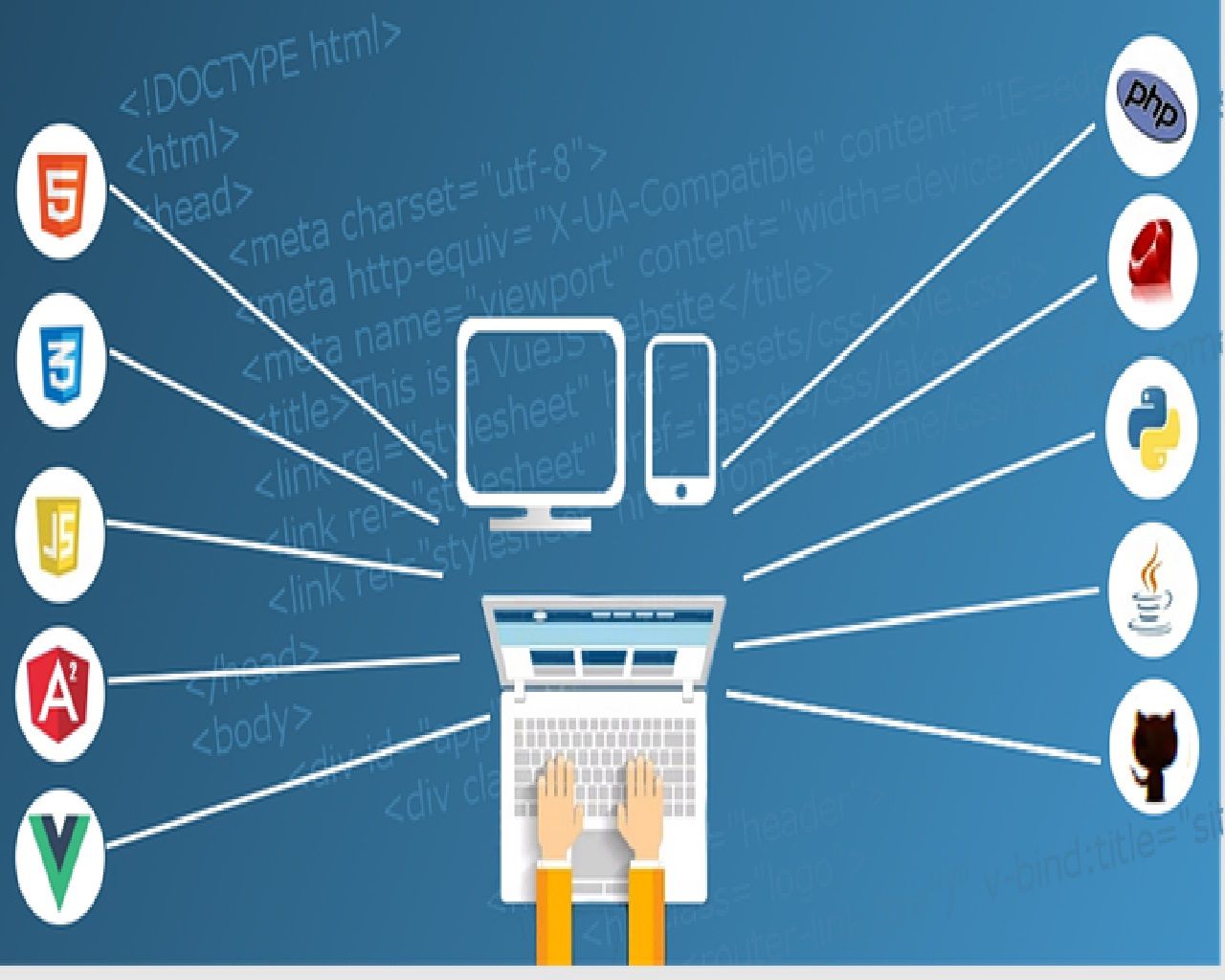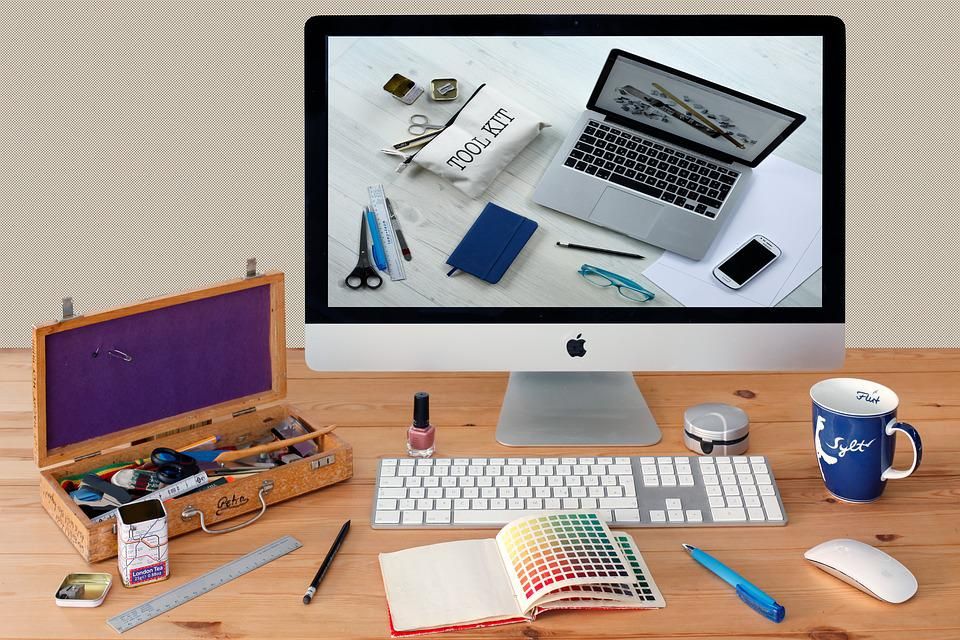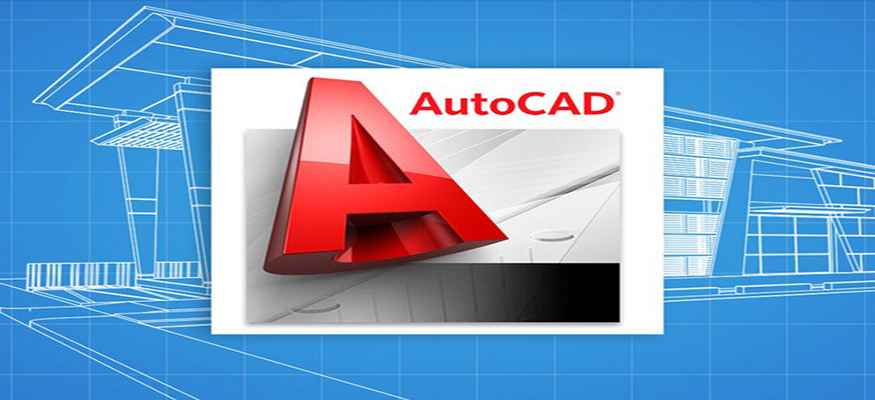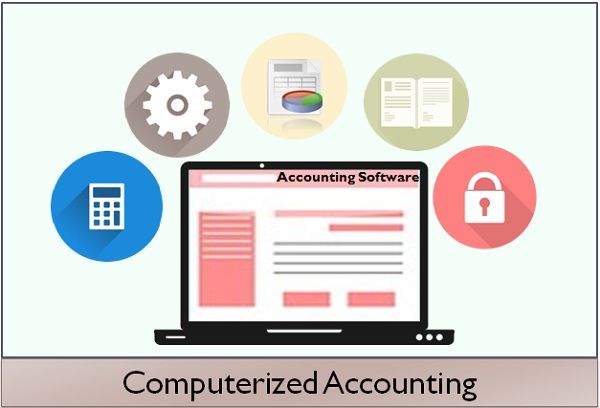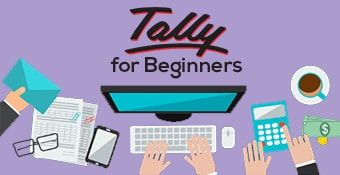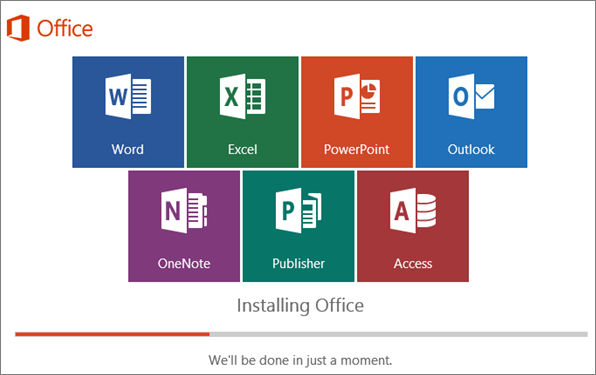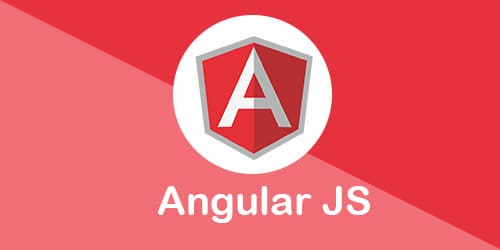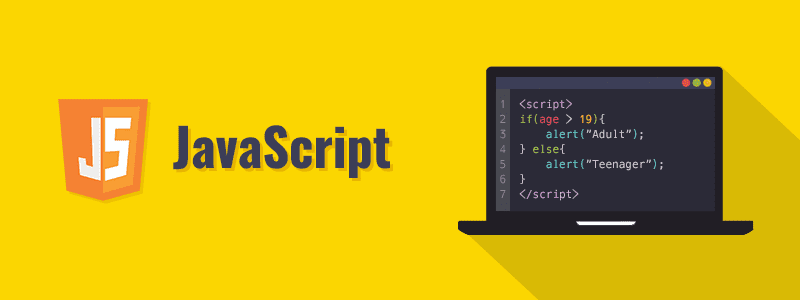The Ultimate Guide to Web Design
If you want to create an impressive website that will capture the attention of your audience, you need to understand the basics of web design. In this ultimate guide, we’ll walk you through all the essential elements for creating a successful website. From understanding typography rules and using color wisely, to making sure your content is concise and user-friendly, this guide covers everything you need to know about web design.
- What is Web Design?
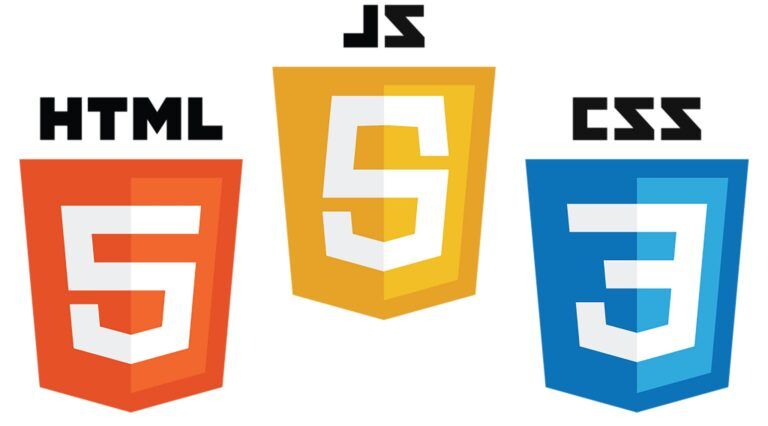
Web design is the process of creating a website. This includes the layout, colors, text, images, and other elements that make up a website. Web designers use various tools to create a website, such as HTML, CSS, and JavaScript.
- How Web Design Has Evolved
Web design has come a long way since the early days of the internet. In the early days, web sites were nothing more than a few lines of text and some images. Today, web sites are complex, interactive applications that can be used to do everything from sell products to provide information.
The evolution of web design has been driven by two major factors: the ever-increasing capabilities of browsers and the need for designers to create sites that look good on all devices.
In the early days of the web, designers were limited by the capabilities of browsers. Netscape Navigator and Internet Explorer were the only two major browsers and they didn’t support many of the features we take for granted today such as CSS or AJAX. As new browsers appeared and became more popular, designers were able to take advantage of their increased capabilities to create richer, more sophisticated designs.
The other major factor driving the evolution of web design is the need to create sites that look good on all devices. In the early days, most people accessed the web using a desktop computer with a large monitor. Today, people use a wide variety of devices including smartphones, tablets, laptops, and desktop computers. This means that designers must create websites that look good on all these different devices.
Responsive design has become one of the most important skills for any web designer. Responsive design is a technique that allows a website to adapt its layout to fit any screen size. This is essential for creating
- Basics of Web Design
Web design is the process of creating a website. This includes the layout, colors, text, images, and overall look of the site. It can also involve coding and animation. There are many different aspects to web design, and it can be overwhelming at first. However, by breaking it down into its basics, it is possible to create a beautiful and effective website.
The first step in web design is to choose a domain name. This is the address of your website on the internet. It should be something short and easy to remember. Once you have chosen a domain name, you need to find a web hosting service. This will store your website’s files and make it available online.
Next, you need to create the content for your website. This can include text, images, videos, or anything else you want to include. Once you have created all of your content, you need to design the layout of your site. This includes choosing colours, font size and type, and where everything will be placed on the page.
Finally, you need to publish your website so that people can view it online. You can do this through a web host or by using a service like WordPress. After your site is live, you can continue to make changes and add new content as needed.
- Content
Creating a website can be a daunting task, especially if you’re not a web designer. But don’t worry, we’ve got you covered! In this ultimate guide to web design, we’ll show you how to create a website that looks great and is easy to use.
We’ll start by showing you how to choose the perfect domain name for your website. Then we’ll help you select the right hosting plan for your needs. Once your site is up and running, we’ll show you how to create pages and posts, add images and videos, and more. And finally, we’ll give you some tips on promoting your website and driving traffic to it.
So let’s get started!
- Interaction and Navigation
It is important to have a well-designed website that is easy to navigate and use. There are many factors to consider when designing your website, including the layout, color scheme, and font choices. The following tips will help you create a website that is both user-friendly and visually appealing.
Layout: The layout of your website should be simple and easy to understand. Visitors should be able to find what they are looking for without difficulty. Use clear and concise text and arrange information in an organized manner.
Colour Scheme: The colours you choose for your website should be easy on the eyes and complement each other. Avoid using too many colours as this can be overwhelming for visitors.
Font Choices: When choosing fonts for your website, stick to clean and professional-looking fonts. Use headings and subheadings to break up text and make it easier to read.
These are just a few tips to keep in mind when designing your website. By following these tips, you can create a user-friendly website that is sure to impress visitors.
- Typography and Layout
When it comes to web design, typography and layout are two of the most important aspects to consider. After all, these are the elements that will determine how your website looks and feels.
Good typography can make your website more readable and visually appealing, while a well-designed layout can help users navigate your site more easily. In this guide, we’ll show you how to create a beautiful and functional web design using typography and layout.
We’ll start by discussing the basics of typography, including choosing the right font for your website and using headings and subheadings to organize your content. Then, we’ll move on to layout design, covering everything from creating an effective homepage to designing responsive pages for mobile devices.
By the end of this guide, you’ll have all the knowledge you need to create a stunning and user-friendly web design. Let’s get started!
- Elements of a Website
There are many elements that go into a well-designed website. Here are some of the most important:
Layout: The layout of your website should be easy to understand and use. All the important information should be easy to find, and the navigation should be simple and logical.
Design: The design of your website should be professional and consistent with your brand. Use colours, fonts, and images that reflect your company’s image and message.
- Web Development Practices
Web development is the process of creating a website or web application. It includes aspects such as web design, web publishing, web programming, and database management.
The practice of good web development can help to improve the overall quality of a website or application, and it can also make the development process more efficient. In order to achieve these benefits, developers need to be aware of best practices for coding, testing, and deployment.
Some of the most important coding practices include using standards-compliant code, writing clean and well-organized code, and using comments to document your code. Testing is another essential part of web development, and it should be done throughout the development process in order to identify bugs and ensure that the final product meets all requirements.
Once a website or application is complete, it needs to be deployed on a server so that it can be accessed by users. This process can be automated using tools such as Capistrano. Finally, regular maintenance is necessary in order to keep a website or application up-to-date and running smoothly.
















